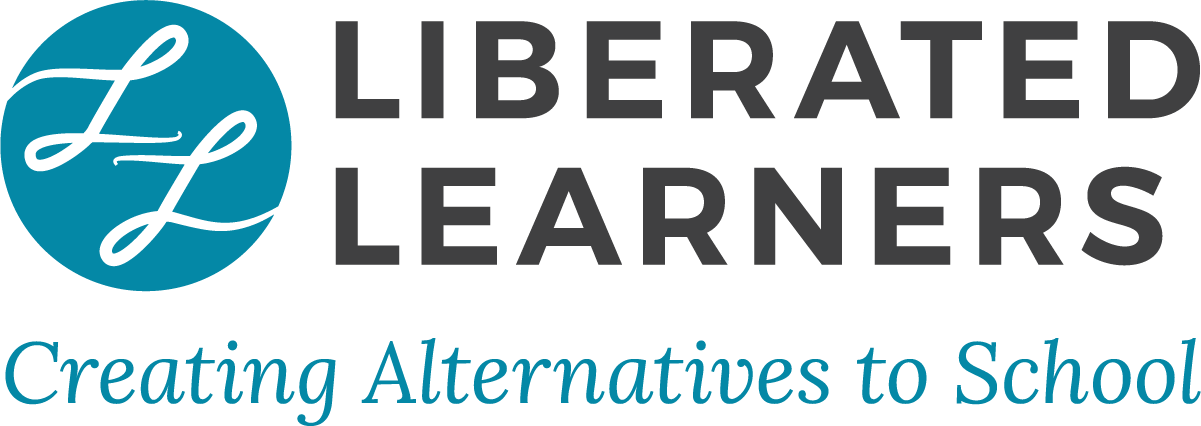By Joel Hammon.
Blake Boles gave an important keynote address at this year’s AERO conference (the audio is available on Blake’s Off-Trail Learning podcast). He discussed the various approaches to Self-Directed Education (SDE) and how sometimes the practitioners of each model can be too narrowly focused on their corner of the movement, ignoring the commonalities that bind us together. The main point that resonated with me was the idea to look at the the SDE community from the perspective of families stuck in traditional schools and not be caught up in squabbling between SDE models.
I’ve seen first hand through my work at Princeton Learning Cooperative that not every family would choose Self-Directed Education if a center were available in their area. I believe, however, that it is critical that every community has the resources to support self-directed children and their families if they choose that path. To me, it doesn’t much matter what form or model those resources and options take.
From where I’m typing, the public high school where I used to teach is about a mile down the road. There are 2,600 teenagers that attend that school.
Taken from the perspective of a 15-year-old who is miserable in school and her parents who feel like there are no options for their kid, the specific details of how all-group meetings are run or how the calendar of activities is put together is not even on their radar. They know their kid doesn’t like school and every message from the larger society says their kid has to do school or else their life will be a failure.
The urgent questions for the Self-Directed Education movement are not philosophical or even educational. I think we all have a fairly good idea of what we should be doing educationally: interest-based learning? Check. Non-coercive? Check. Supportive and inclusive communities? Check. Value of unstructured time and play? Check.
There are some interesting discussions to be had about our differences, but I think the real discussions and work to be done is figuring out how we can, as a movement, create viable SDE options in every community in the country—whether it is centers like where I work, SDE schools, or working with libraries and other community groups to expand SDE opportunities for independent homeschoolers.
I feel like the critical questions that need work right now are:
- How can we reach non-SDE families and what language and approaches work best? Related: What approaches can we use when talking to libraries or other existing institutions to expand the SDE activities and support they provide?
- How do we figure out the funding of SDE centers and schools to make them sustainable for the staff and accessible to all families? Related: What administrative processes best ensure these SDE centers are not here today, gone tomorrow.
I think every ounce of time and energy put into internal squabbling is better spent working on these questions.
Share this Post

